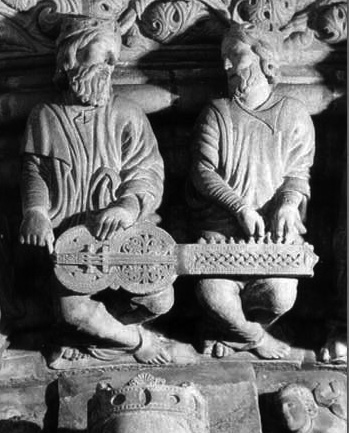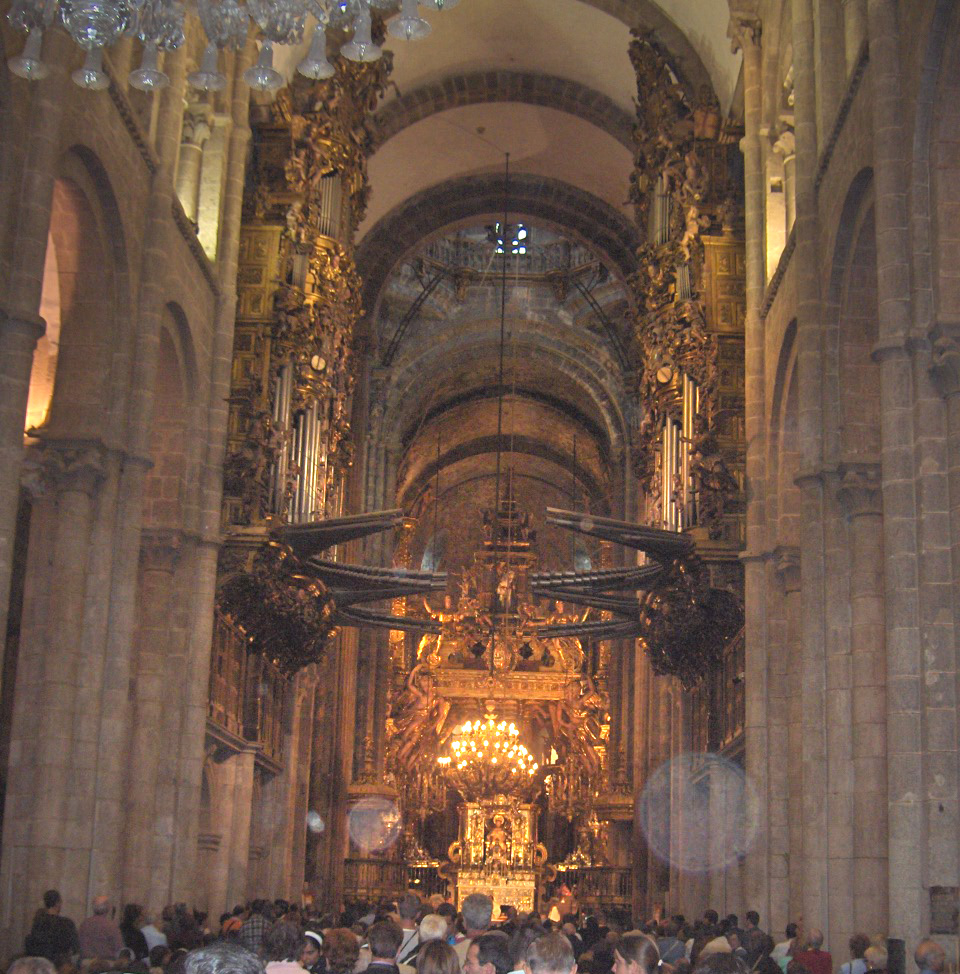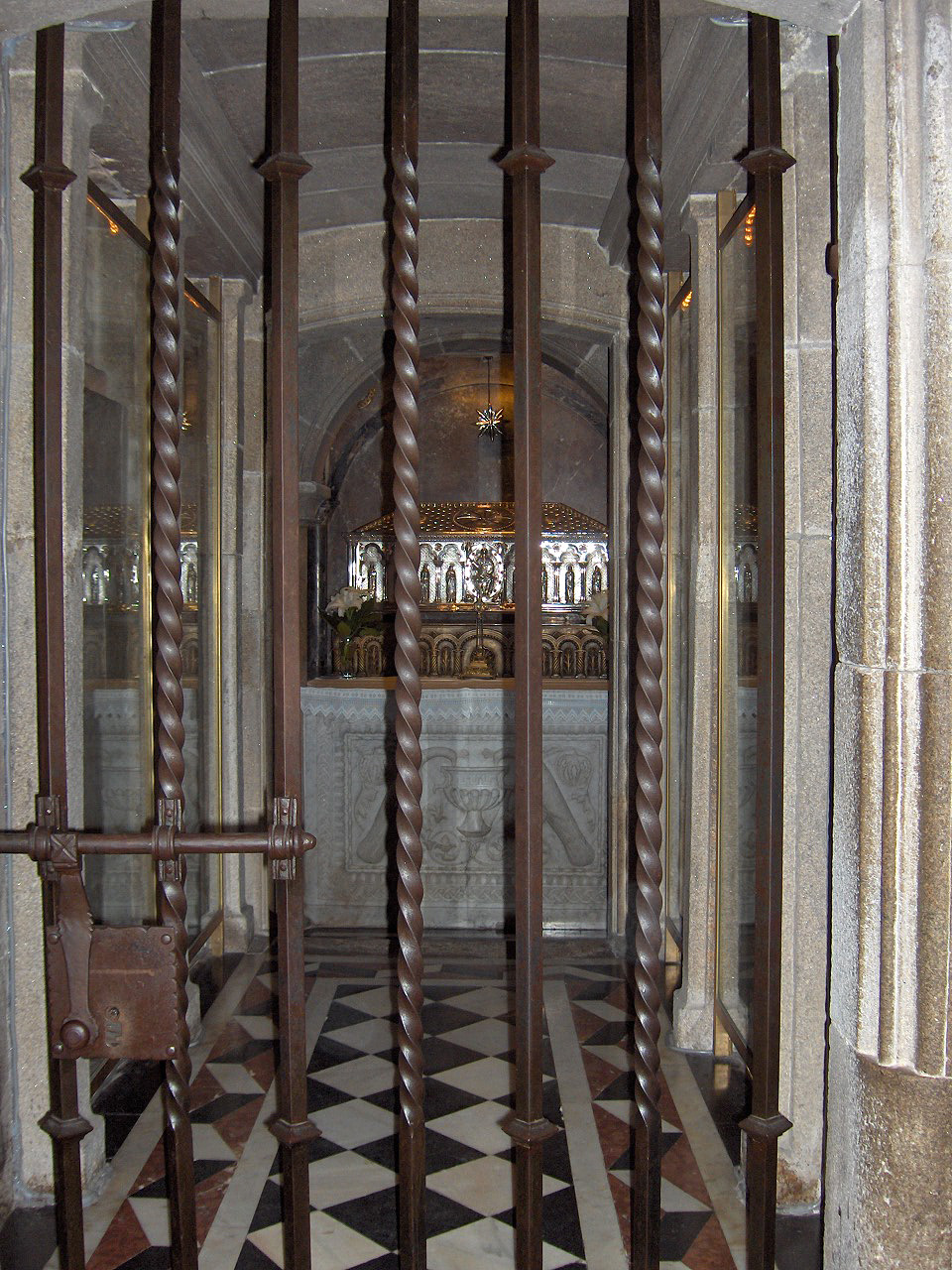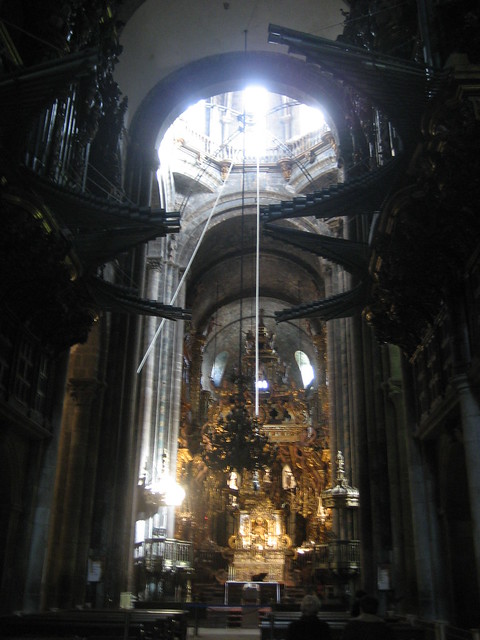This article is under construction.
Santiago de Compostela Cathedral is Roman Catholic cathedral of the archdiocese, or Galician district, of Santiago de Compostela, the capital of Galicia, in Galicia, an autonomous community in northwestern Spain. The cathedral holds the remains of James, son of Zebedee, one of the apostles of Jesus of Nazareth. The Way of St. James, the 3rd most popular Christian pilgrimage route since the Early Middle Ages, ends at this cathedral. The building is a Romanesque structure with later Gothic and Baroque additions. The Cathedral is affiliated with the Roman Catholic Church. The building itself was completed in 1211. The cathedral has a total capacity of approximately 1,200 people. In 1985, Santiago de Compostela was designated as a UNESCO World Heritage Site. In 1896, Catedral Igrexa Catedral Metropolitana was designated as a Spanish Property of Culture Interest. The Western facade of the cathedral is visible from the Plaza del Obradoiro.
+++
~~~
---
The plan and the interior view identify the style of the church as Romanesque. The mathematical unit that organizes the plan is derived from the crossing square. The builders organized the nave of the church in three-dimensional modules called bays. Compound piers and transverse arches help to articulate the three-dimensional modules of the nave. The nave of the church is covered by a barrel vault. The interior shows a two-story elevation consisting of a nave arcade and a gallery. The design of churches such as this was most likely a practical response to the medieval phenomenon of pilgrimage.
_Westfassade_der_Kathedrale.jpg)

_Portico_de_la_G_loria_in_der_Kathedrale_.jpg)

























